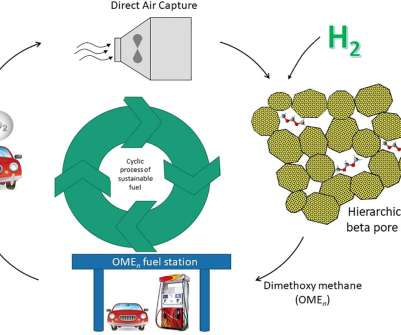Ford Europe leading project investigating DME and OME1 as low carbon, near zero particulate fuels; power-to-liquids pathways using CO2
Green Car Congress
SEPTEMBER 12, 2015
OME1 is made from methanol on a commercial scale and has a cetane number of 38; it can be mixed with additives to produce OME1a diesel fuel (CN 48).). The growth of the world’s population is putting ever-increasing demands on energy and especially fossil fuels.











Let's personalize your content